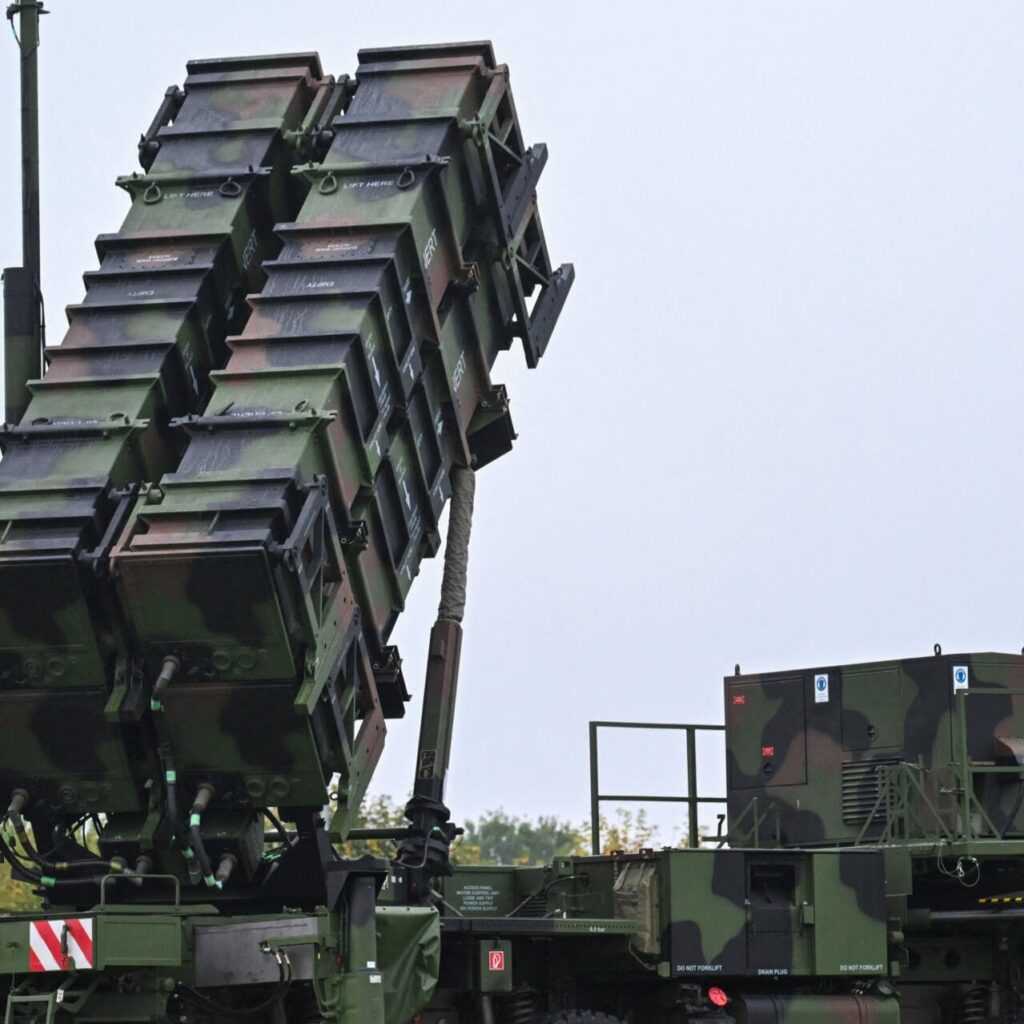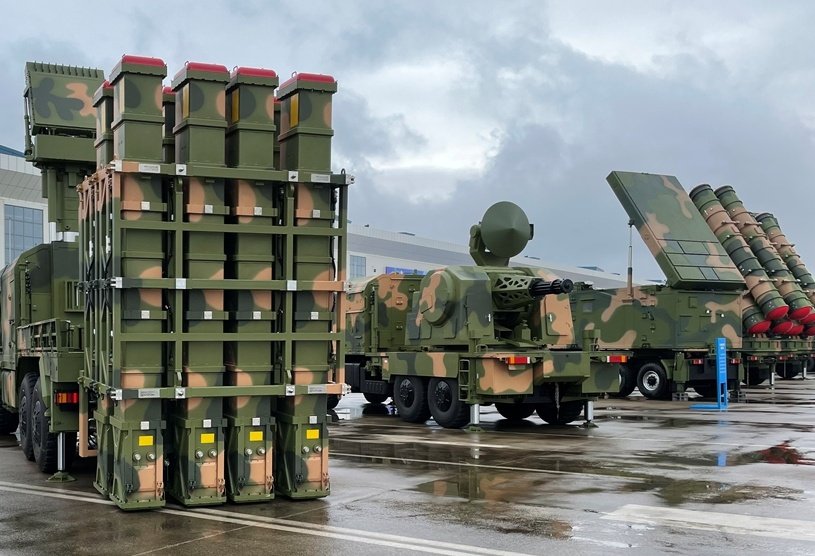Patriot interceptor supply drops to 25% after military aid to Ukraine and Israel, raising questions on U.S. defense readiness.

America’s Missile Shortage: A Growing National Security Alarm
In a sobering revelation that has raised eyebrows across the defense community, the United States is now down to just 25% of its required stockpile of Patriot missile interceptors—the backbone of its modern air defense systems. This alarming decline has been primarily attributed to extensive aid to Ukraine and Israel, both of which are engaged in sustained and high-stakes military conflicts.
The Patriot system, formally known as the MIM-104 Patriot, is among the most critical components of American and allied missile defense architecture. Used to shoot down incoming missiles, aircraft, and drones, it has long been deployed in conflict zones, forward operating bases, and vital strategic sites across the globe. Now, as U.S. supplies run thin, serious concerns are surfacing about national defense preparedness, global deterrence credibility, and the strain of prolonged military support to foreign partners.
How Did the Stockpile Shrink?
The decline didn’t happen overnight. Since the early days of Russia’s invasion of Ukraine, the U.S. has been one of the largest suppliers of advanced weaponry to Kyiv, including Patriot batteries and their precious interceptors. These systems were requested after Ukraine’s infrastructure and cities faced repeated attacks from Russian cruise and ballistic missiles.
Meanwhile, the escalating conflict between Israel and Hamas—and the broader regional tension involving Hezbollah and Iranian proxies—has further stressed the system. Israel, already possessing a strong domestic missile shield in the form of Iron Dome and David’s Sling, has also received Patriot interceptors to bolster long-range defense.
Each of these missiles costs millions of dollars and takes significant time to produce. While the U.S. has the capacity to ramp up manufacturing, the present pace isn’t fast enough to replenish what’s already been sent out.
A Supply Chain Problem Hiding in Plain Sight
Missile production, especially of advanced systems like the Patriot interceptor, involves complex supply chains, precision engineering, and strict quality controls. These aren’t off-the-shelf munitions; they require months—sometimes years—to be delivered from order to deployment.
As it stands, the U.S. does not have the manufacturing capacity to instantly scale up production to meet simultaneous demands at home and abroad. Reports suggest that even with accelerated contracts and funding, it would take several years to restore the stockpile to optimal readiness levels.
The issue highlights a bigger problem: America’s defense industry is not built for long, drawn-out wars, nor for the modern multi-theater demands it now faces. Most of its existing infrastructure was scaled down after the Cold War, under the assumption that future conflicts would be short and surgical.
Strategic Risks and Global Exposure
Having just 25% of Patriot interceptors means the U.S. might not be fully prepared to defend all its bases and allies if another major conflict erupts. That is not just a theoretical concern.
With rising tensions in the Taiwan Strait, North Korea’s missile provocations, and a volatile Middle East, American forces may be stretched thin. For example, any large-scale attack on U.S. bases in Japan, South Korea, or Guam could require massive air defense resources within minutes—not something that can be outsourced or delayed.
Moreover, U.S. allies who rely on American missile defense guarantees may begin to question Washington’s readiness and commitment, especially if there’s a perception that Patriot coverage is now selective or unavailable due to low inventory.
Is Aid Worth the Risk?
There is no denying the humanitarian and geopolitical need to support Ukraine in its war against Russia and Israel in its regional security operations. However, critics argue that this aid should not come at the cost of America’s core defense readiness.
Military analysts have warned that the U.S. must adopt a “sustain and supply” model—one that maintains enough resources for allies while preserving minimum thresholds at home. Unfortunately, in the absence of clear policies or emergency production strategies, decisions are being made in the short term, often under political pressure or urgent battlefield needs.
Some voices in Congress have started asking the tough questions:
- Should there be a cap on the number of interceptors exported during conflict?
- Can the Pentagon guarantee that current Patriot coverage is sufficient for homeland defense?
- Why hasn’t missile production been accelerated years ago when the Ukraine war first began?
These aren’t just partisan jabs—they are reflections of a legitimate concern about military sustainability.
Industrial Bottlenecks and the Need for Modernization
Patriot missiles are built by Raytheon Technologies, one of the largest defense contractors in the world. While Raytheon has received billions in new contracts to ramp up production, there are clear bottlenecks:
- Electronic components needed for radar and guidance systems are facing global shortages.
- Skilled labor for missile assembly is limited and takes time to train.
- Testing facilities are already booked months in advance, slowing down final deployment readiness.
The Department of Defense has begun to explore options such as multi-supplier models, automated manufacturing upgrades, and incentives for workforce expansion. But none of these are quick fixes.
In the meantime, older Patriot units are being refurbished, and stocks from less critical areas are being reallocated—short-term measures that do little to address the underlying issue.
A Wake-Up Call or Just the Beginning?
This 25% statistic should serve as a wake-up call for American defense planners. It shows the fragile balance between global power projection and domestic readiness, especially in an era where multiple conflicts can erupt simultaneously.
If the U.S. is serious about remaining the global security guarantor, it needs to rebuild its stockpiles, expand production capacity, and plan for the long haul. That includes forecasting not just where threats are today, but where they may arise tomorrow.
It also means being more transparent with the public and international partners. The perception that the U.S. is “running out” of weapons could embolden adversaries—something no responsible leadership can afford to allow.
Conclusion
The U.S. Patriot missile stock falling to 25% is more than just a number—it’s a signal. A signal that the world’s most powerful military is operating closer to its limits than anyone previously believed. A signal that support for allies, however necessary, must be balanced with preparation at home. And above all, a signal that the future of warfare is already here, and America must be ready for it—missile for missile, system for system.

